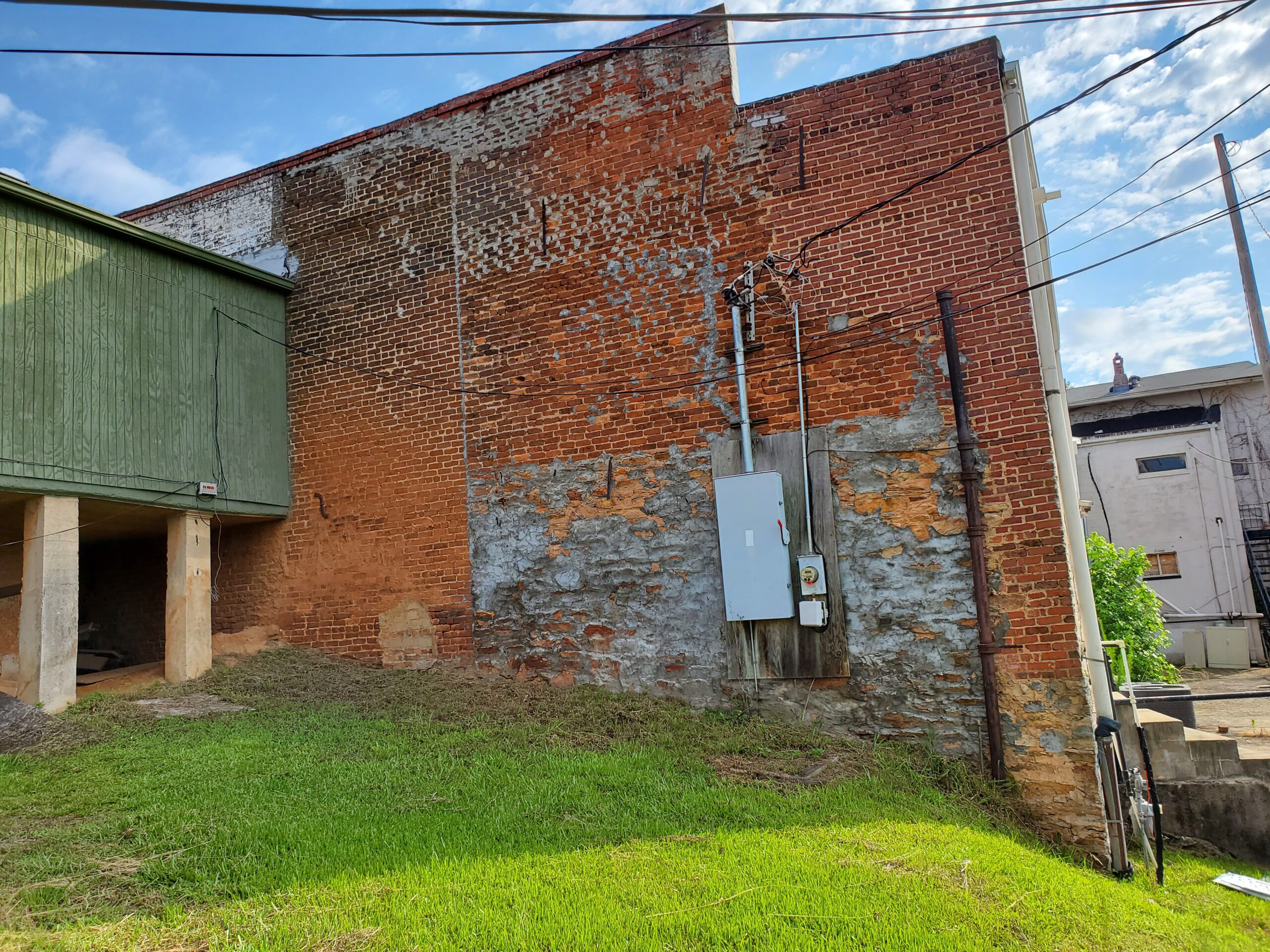
Transaction Screening Assessments (ASTM E-1528)
Transaction Screening Assessments, as outlined in ASTM E-1528, provide a streamlined approach to environmental due diligence, particularly in situations where a full Phase I Environmental Site Assessment (ESA) may not be initially necessary or required. Here’s an expanded overview of Transaction Screening Assessments:
Purpose and Scope:
- Transaction Screening Assessments are designed to identify potential environmental concerns in a less comprehensive and less costly manner than a full Phase I ESA.
- They are typically used for lower-risk properties or in transactions where the parties involved do not require the comprehensive liability protections offered under the Comprehensive Environmental Response, Compensation, and Liability Act (CERCLA).
Process and Methodology:
- The assessment involves a basic review of environmental conditions, which may include a site visit, limited historical research, and interviews with knowledgeable parties.
- It focuses on identifying obvious signs of environmental contamination or risks, such as visible spills, industrial materials, or evidence of underground storage tanks.
Limitations:
- Unlike a Phase I ESA, Transaction Screening Assessments do not provide CERCLA liability protection. They are less thorough and do not include a detailed historical review or comprehensive site investigation.
- They are not a substitute for a Phase I ESA in transactions where thorough environmental due diligence is necessary, especially for properties with a higher risk of contamination.
When to Use:
- This practice is suitable for lower-risk transactions, such as properties with a history of non-industrial use or where the buyer has prior knowledge of the site’s environmental condition.
- It may also be used as a preliminary step before deciding whether to conduct a full Phase I ESA.
Benefits:
- Transaction Screenings can be faster and more cost-effective than a full Phase I ESA.
- They can provide an initial understanding of potential environmental issues that may affect a property transaction.
Follow-up Actions:
- If a Transaction Screening Assessment identifies potential environmental concerns, it is often recommended to proceed with a Phase I ESA to fully assess the risks and ensure due diligence.
In summary, Transaction Screening Assessments offer a basic level of environmental review and can be appropriate in certain low-risk scenarios. However, for comprehensive environmental due diligence and legal protection under CERCLA, a Phase I Environmental Site Assessment remains the standard practice.
Frequently Asked Questions
If you have additional questions reach out and a team member will get in touch with you.
A Transaction Screening Assessment, as per ASTM E-1528, is a streamlined environmental review process. It’s a less comprehensive alternative to a Phase I Environmental Site Assessment (ESA), used primarily for identifying obvious environmental concerns in lower-risk properties.
You might consider a Transaction Screening Assessment for properties with a lower risk of environmental contamination, such as those with a history of non-industrial use, or in transactions where detailed CERCLA liability protection is not a priority. It’s also useful as a preliminary step to determine if a full Phase I ESA is necessary.
No, unlike a Phase I ESA, Transaction Screening Assessments do not provide liability protection under the Comprehensive Environmental Response, Compensation, and Liability Act (CERCLA). They are less thorough and are not intended for properties where comprehensive environmental due diligence is essential.
This assessment generally includes a basic site visit, limited historical research, and interviews with people knowledgeable about the property. It focuses on identifying visible or known signs of environmental contamination.
Transaction Screenings are quicker and more cost-effective than a full Phase I ESA. The exact time and cost can vary based on the property size and location, but they are generally completed in a shorter timeframe and at a lower cost than Phase I ESAs.
If potential environmental concerns are identified, it’s advisable to proceed with a Phase I ESA. This comprehensive assessment can provide a more detailed evaluation of the risks and ensure thorough due diligence.

